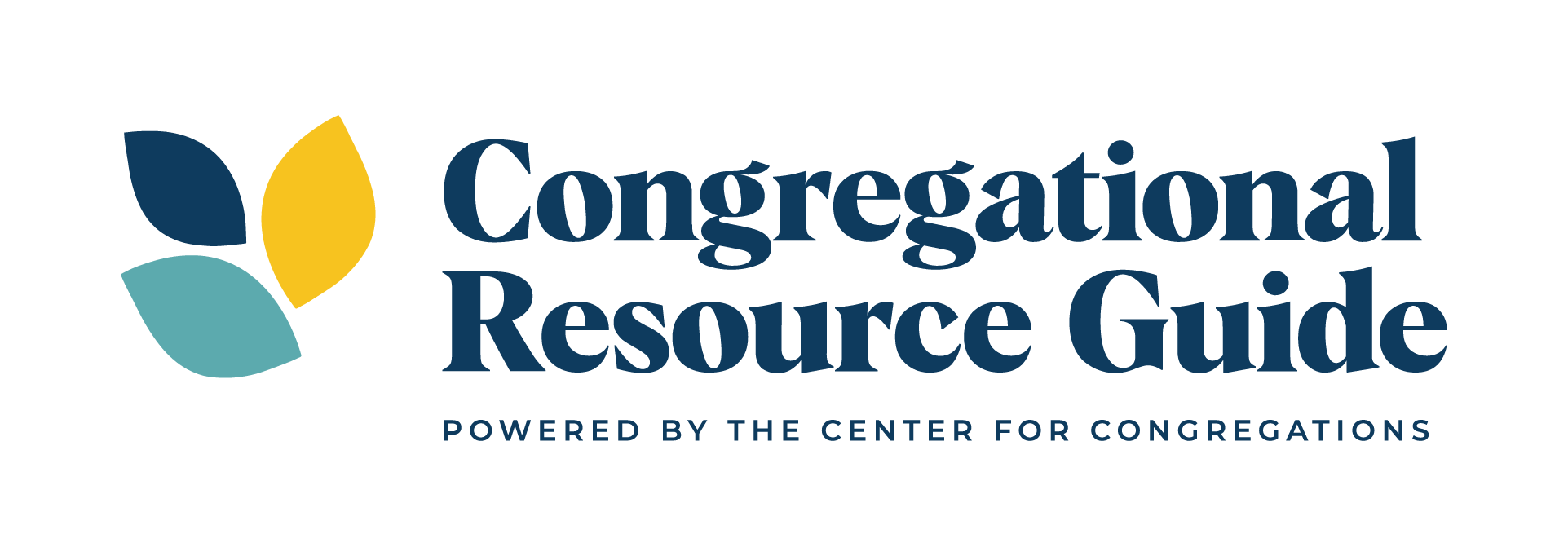I’m having more conversations with congregations that characterize themselves as multicultural. For example, I met with a governing board of a Caucasian congregation that had recently welcomed 20 refugees from Ethiopia. A board member said, “We sing songs that are new to us.”
Another pastor called the Center for Congregations looking for resources related to talking about racial justice. I asked, “Is your congregation predominately African-American or mainly Caucasian?” She said, “We are multicultural. We are about 60% white, about 30% black, and we have others who are recent immigrants from Latin America.”
Embracing diversity
A multicultural congregation is typically racially diverse. Yet, the diversity also stretches beyond racial inclusivity. A multicultural congregation holds and seeks racial, cultural, class, generational, gender and other differences to be represented among its participants.
Those who study multicultural congregations note that when 20% percent of the participants represent the non-dominant group, the non-dominant group begins to transform the congregation in significant ways. The style of prayer changes. People learn facts they didn’t know before (“there are over 80 languages spoken in Ethiopia!). New friendships are made.
A rich congregational experience
A multicultural congregation includes a diverse range of people in attendance. More robustly, the congregation expresses its religious claims and commitments through the activities and practices of more than a single, dominant culture.
Many effective multicultural congregations become diverse because of unfolding circumstances, as opposed to deciding to become such a congregation. For example, a congregation may find itself located in a zip code with an influx of immigrants. Or a congregation might observe that the public-school district in which they reside includes students of a different race than most of its members.
Resources you can use
If you are addressing the challenges and opportunities of becoming a multicultural congregation your governing board might begin to deepen its consideration by reading and discussing some outside resources. I recommend these two – a blog titled Different Models for Multicultural Congregations and Ministries and the article Against the Current.
As your knowledge and expertise deepens, I recommend the web resource Striving Toward Multi-Ethnic Church to increase your capacity as a multicultural congregation.


